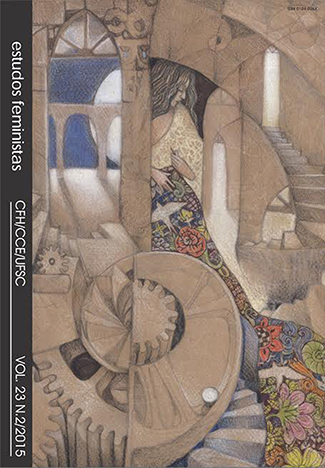Short Circuit, No Line, or In Line? Networks Confronting Violence against Women in São Paulo
DOI:
https://doi.org/10.1590/%25xAbstract
This article examines State agents’ approaches to domestic violence and the factors shaping the application of the Maria da Penha Law with respect to its provisions on the constitution and expansion of networked criminal and non-criminal services to cronfront violence against women, the so-called Rede de Enfrentamento à Violência contra Mulheres. Based on field research in the city of São Paulo between 2012 and 2014, the article shows that, in addition to the women’s police stations established in the 1980s and 1990s, a number of non-criminal services have been created in the last decade in the periphery of the city, contributing to the expansion of the Rede. However, there are multiple redes (networks), not just one, and they run in line, in conflict, or in parallel with each other. State agents embrace diverse approaches to domestic violence against women, ranging from pro-family to gender-based, feminist, or intersectional (gender, race, and social class) perspectives. This diversity illustrates an heterogenous legal-political culture on women’s rigths within the Brazilian State, which I dub a “bipolar” State, regulated, on one hand, by the gender/woman regime of the policies for women, and, on the other hand, by the family regime of the social assistance and public security sectors. In addition to the political context, three factors contribute to the heterogeneity of the State: the institutional base of the service; the type of professional training of State agents; the history of the service and its relationship with the local community and/or social movements.Downloads
Downloads
Published
How to Cite
Issue
Section
License
Revista Estudos Feministas is under the Creative Commons International 4.0 Attribution License (CC BY 4.0), that allows sharing the work with recognition of authorship and initial publication in this journal.
The license allows:
Sharing (copying and redistributing the material in any support or format) and/or adapting (remixing, transforming, and creating from the material) for any purpose, even if commercial.
The licensor cannot revoke these rights provided the terms of the license are respected. The terms are the following:
Attribution – you should give the appropriate credit, provide a link to the license and indicate if changes were made. This can be done in several ways without suggesting that the licensor has approved of the use.
Without additional restrictions – You cannot apply legal terms or technological measures that prevent others from doing something allowed by the license.




